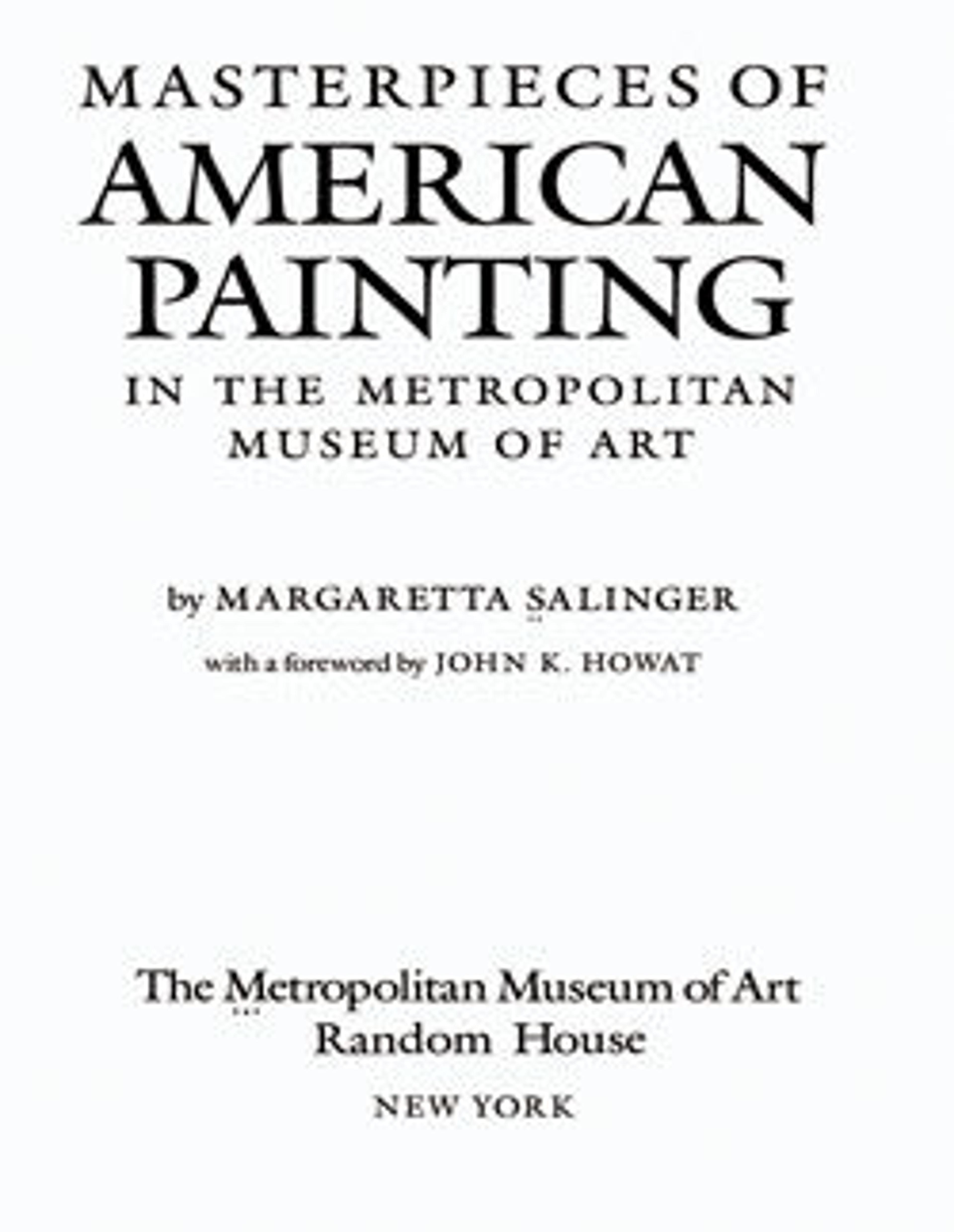The Masquerade Dress
Robert Henri was one of the most influential artists and teachers in twentieth-century American art. Among his students and disciples were many artists who came to maturity between 1910 and 1930, including George Bellows, Rockwell Kent, Eugene Speicher, Patrick Henry Bruce, Glenn Coleman, Morgan Russell, Stuart Davis, and John Sloan.
Henri's approach to realism was influenced by his studies at the Pennsylvania Academy of the Fine Arts with Thomas Anshutz, a pupil and an assistant of Thomas Eakins who took over the latter's classes after he was dismissed. Their disavowal of traditional subject matter derived from history, literature, and mythology and their tendency to analyze nature objectively shaped Henri's own philosophy. After three years of study in Europe, where he was impressed more by the work of Manet, Velázquez, and Hals than by late Impressionism, Henri returned to Philadelphia, where he met Sloan, William Glackens, George Luks, and Everett Shinn, all of whom were working as artist-reporters or illustrators at various Philadelphia newspapers. Their interaction — a merging of Henri's painterly technique with the keen observation and social focus of newspaper illustration — resulted in the artistic philosophy of this group. "The Eight," who espoused "art for life's sake," gravitated to New York at the beginning of the twentieth century, becoming embroiled in conflicts with the prevailing academic attitudes in painting, a struggle that coalesced in their famous exhibition at Macbeth Gallery in 1908.
Henri's work was imbued with social awareness, and The Eight were, in general, especially attuned to the economic plight of urbanized society, with its influx of newly arrived immigrants struggling to survive. Although he painted a few street scenes and landscapes, it was in the closely observed, penetrating portraits of individuals that Henri excelled. One of his favorite models was his wife, whom he painted in the work shown here. Mrs. Henri, who posed for her husband often, was herself an artist, known for her graphic work and watercolors, which she exhibited under her maiden name, Marjorie Organ. The portrait demonstrates Henri's typical directness of presentation. His wife stands with one foot forward, one arm slightly extended, looking out of the canvas as if she were about to curtsy to the viewer. The elegance of her figure is emphasized by the verticality of the composition. There is nothing to look at but the subject, no interest in the background except as it serves to throw the figure into relief. Thanks to Henri's mastery of shorthand indications, the texture of the paint that represents the dress exactly simulates the material.
Henri's approach to realism was influenced by his studies at the Pennsylvania Academy of the Fine Arts with Thomas Anshutz, a pupil and an assistant of Thomas Eakins who took over the latter's classes after he was dismissed. Their disavowal of traditional subject matter derived from history, literature, and mythology and their tendency to analyze nature objectively shaped Henri's own philosophy. After three years of study in Europe, where he was impressed more by the work of Manet, Velázquez, and Hals than by late Impressionism, Henri returned to Philadelphia, where he met Sloan, William Glackens, George Luks, and Everett Shinn, all of whom were working as artist-reporters or illustrators at various Philadelphia newspapers. Their interaction — a merging of Henri's painterly technique with the keen observation and social focus of newspaper illustration — resulted in the artistic philosophy of this group. "The Eight," who espoused "art for life's sake," gravitated to New York at the beginning of the twentieth century, becoming embroiled in conflicts with the prevailing academic attitudes in painting, a struggle that coalesced in their famous exhibition at Macbeth Gallery in 1908.
Henri's work was imbued with social awareness, and The Eight were, in general, especially attuned to the economic plight of urbanized society, with its influx of newly arrived immigrants struggling to survive. Although he painted a few street scenes and landscapes, it was in the closely observed, penetrating portraits of individuals that Henri excelled. One of his favorite models was his wife, whom he painted in the work shown here. Mrs. Henri, who posed for her husband often, was herself an artist, known for her graphic work and watercolors, which she exhibited under her maiden name, Marjorie Organ. The portrait demonstrates Henri's typical directness of presentation. His wife stands with one foot forward, one arm slightly extended, looking out of the canvas as if she were about to curtsy to the viewer. The elegance of her figure is emphasized by the verticality of the composition. There is nothing to look at but the subject, no interest in the background except as it serves to throw the figure into relief. Thanks to Henri's mastery of shorthand indications, the texture of the paint that represents the dress exactly simulates the material.
Artwork Details
- Title: The Masquerade Dress
- Artist: Robert Henri (American, Cincinnati, Ohio 1865–1929 New York)
- Date: 1911
- Culture: American
- Medium: Oil on canvas
- Dimensions: 76 1/2 x 36 1/4 in. (194.3 x 92.1 cm)
- Credit Line: Arthur Hoppock Hearn Fund, 1958
- Object Number: 58.157
- Curatorial Department: The American Wing
Audio
4591. The Masquerade Dress
0:00
0:00
We're sorry, the transcript for this audio track is not available at this time. Please email info@metmuseum.org to request a transcript for this track.
More Artwork
Research Resources
The Met provides unparalleled resources for research and welcomes an international community of students and scholars. The Met's Open Access API is where creators and researchers can connect to the The Met collection. Open Access data and public domain images are available for unrestricted commercial and noncommercial use without permission or fee.
To request images under copyright and other restrictions, please use this Image Request form.
Feedback
We continue to research and examine historical and cultural context for objects in The Met collection. If you have comments or questions about this object record, please complete and submit this form. The Museum looks forward to receiving your comments.
